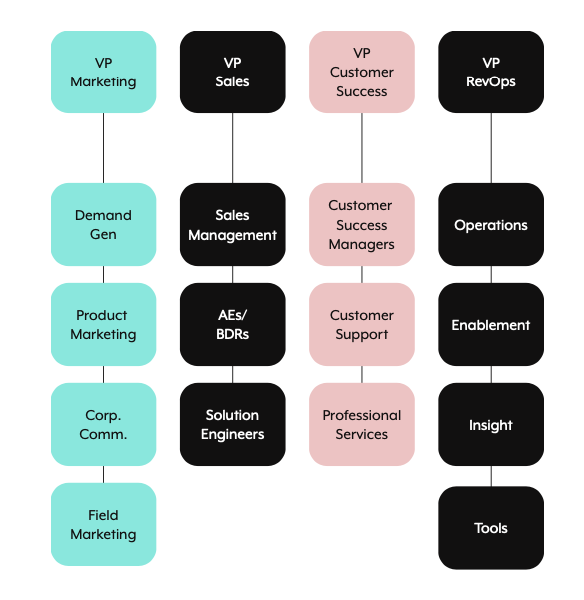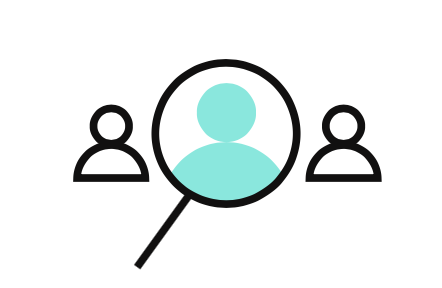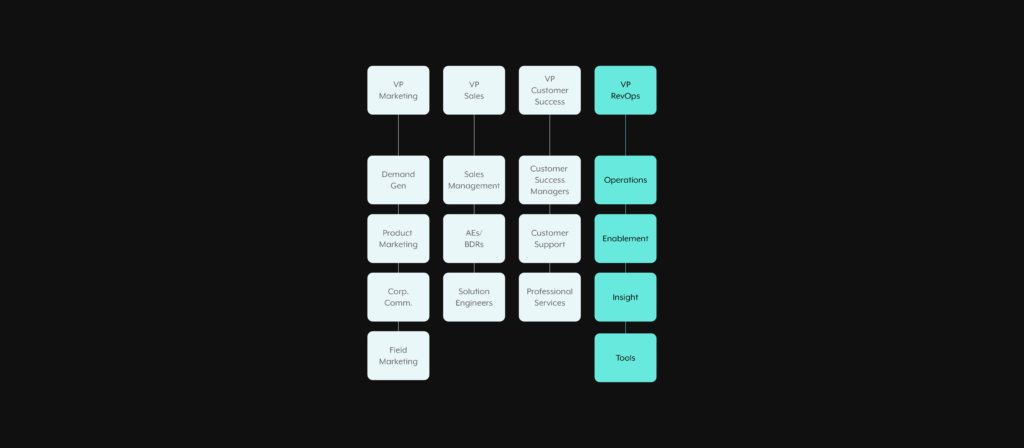To maximize conversions across each stage of the prospect journey, your customer-facing teams need to be fluent in the systems they use, the product they offer, and the audience they’re talking to.
A revenue operations (or RevOps) team can provide all of this expertise as well as identify additional ways to enable their colleagues and optimize their systems.
Based on the data, it’s clear their approach is working. According to Forrester, organizations that build out a RevOps team grow their revenue roughly 3 times faster than those without the function. And public companies that’ve implemented the team have seen their stock price grow by more than 70% relative to peers that haven’t.
To fully understand why RevOps is delivering these results, we’ll explore how the function works and highlight more of the nuanced benefits they deliver to the organization.
Whether you’re new to RevOps or just want to learn more about the function, you’ve come to the right place!
Learn how RevOps teams at companies like AvidXchange are delivering business transformation by downloading our ebook.
What is RevOps?
RevOps is a business function that aims to provide organizational and operational alignment across sales, marketing, and support teams. Through this alignment, your organization can optimize each stage of the customer journey, which, in turn, drives more sales and better experiences for prospects and customers.
To better understand how a RevOps team can fulfill its goals, you can look at the team’s org structure alongside customer-facing functions:

- Operations includes your marketing operations, sales operations, and support operations teams
- Enablement consists of sales enablement and learning management
- Analysts can take the form of data scientists and business analysts
- Tools is comprised of roles like systems administrators
By building such a comprehensive team filled with specialists, your customer-facing teams benefit in a variety of ways. The next section covers this in detail.
How RevOps Delivers Value
Though there are several to choose from, here are 3 key benefits that RevOps can bring to your organization.
They connect systems and build end-to-end workflows
Your customer-facing employees likely use dozens, if not hundreds, of applications to manage their day-to-day activities. If the apps operate in silos, it can lead to a variety of adverse effects. These range from forcing employees to move between apps just to find what they’re looking for to making them re-enter data across multiple systems.
Employees in RevOps can identify when these efficiencies take place, and build integrations and workflow automations across apps using an enterprise automation platform. This not only addresses the issue of data silos, but it also enables them to transform sales, marketing, and support-related processes for the better.
Related: The ultimate guide to sales automation
They onboard new hires and continuously train longer-tenured employees
Employees in RevOps can walk new hires—across marketing, sales, and customer success—through the systems they’ll be using, the sales and marketing processes they need to be aware of, etc. They’ll also help educate new hires on several facets related to the audiences they’ll be speaking with. That way, customer-facing employees can feel better equipped to handle all kinds of conversations with prospects and customers.
All the while, employees in RevOps will track the performance of more seasoned customer-facing employees. If they can identify specific activities that their peers fall short on, whether it’s process-related or stemming from customer interactions, they (the RevOps team) can flag it and train their colleagues appropriately.
They improve their organization’s marketing and sales strategies
Over time, your organization will need to evaluate areas like the ROI across your acquisition channels, the conversation rates along your buying funnel, and the response times for inbound leads
Your RevOps team can not only keep tabs on important metrics like these, but also come up with approaches to improve them. For instance, if your sales reps take a long time to respond to inbound leads—which, according to our research, is quite common—, employees in RevOps can implement an enterprise chatbot (e.g. Workbot) that can share a new lead in real time with the appropriate sales rep, via a platform like Slack.
What the Future of RevOps Looks Like
Let’s explore some predictions that can help you understand where the function is headed.

- The function will become pervasive across organizations. Building out RevOps teams will become the go-to strategy as organizations try to improve how they train their customer-facing employees, use their systems, etc.

- New titles within RevOps will emerge. As the new-ish function continues to mature and grow inside of organizations, so too will the roles and responsibilities.

- RevOps communities will take shape. Like other functions, RevOps professionals will lean on peers for guidance, support, and networking. Communities for RevOps professionals, like our very own, Systematic, will form to help facilitate these interactions.
Now that you have a solid understanding of RevOps, as well as an idea of how it’ll evolve, you can feel confident about building out the function at your organization!
Learn how Workato, the leading enterprise automation platform, can help your RevOps team integrate your apps and automate your workflows end-to-end by scheduling a demo with one of our automation experts.
